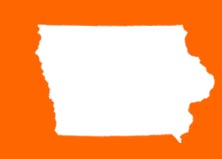

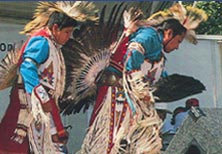
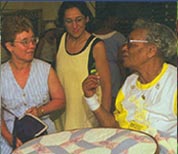
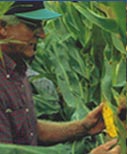
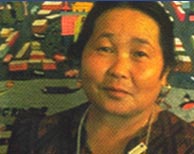
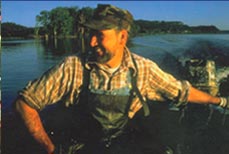
| Resources | ||||||
|
||||||
| Learning Guide |
| 1. Social Studies |
| 2. Language Arts |
| 3. Music |
| 4. Art |
| 5. Special: Multi-Disciplinary, Culminating Activities |
|
Suggested Methods
Student Activity Have students write a description of an ethnic community celebration in which they have participated. Have them analyze the event in parallel fashion to the depiction of the Highlandville dance. Who are the key participants? What is the community? How do people participate? What historical traditions are referenced by the event? What makes people feel like they belong to a community when it is over? HIGH SCHOOL ADDITIONS: Ask students to consider a variety of contemporary community celebrations like the Fourth of July, the Iowa State Fair, and the Highlandville dances. What do these have in common, and how are they different? What communities do they evoke, and by what means?
Home/Community Connection Check the Iowa Folk & Traditional Arts Roster. Invite members of different ethnic communities into the classroom to talk about their various renewal events—occasions that reinforce social roles, beliefs, and values. Try to characterize them. Compare your observations.
Student/Senior Citizen Exchange Ask elders to describe community celebrations that they remember from their youth. Do these celebrations still occur? If so, how have they changed? How has the community changed?
|
||||||||||||||||||||||||||||||
| | | Next |
| HANDOUTS/READINGS |
Handout 1: Reading: |
| MEDIA SUPPORT |
Video: CD: Iowa Roots Interviews: |
| smithsonian institution |
 |
pioneer hi-bred international, inc. |
iowa sesquicentennial commission |
 |
iowa arts council |
